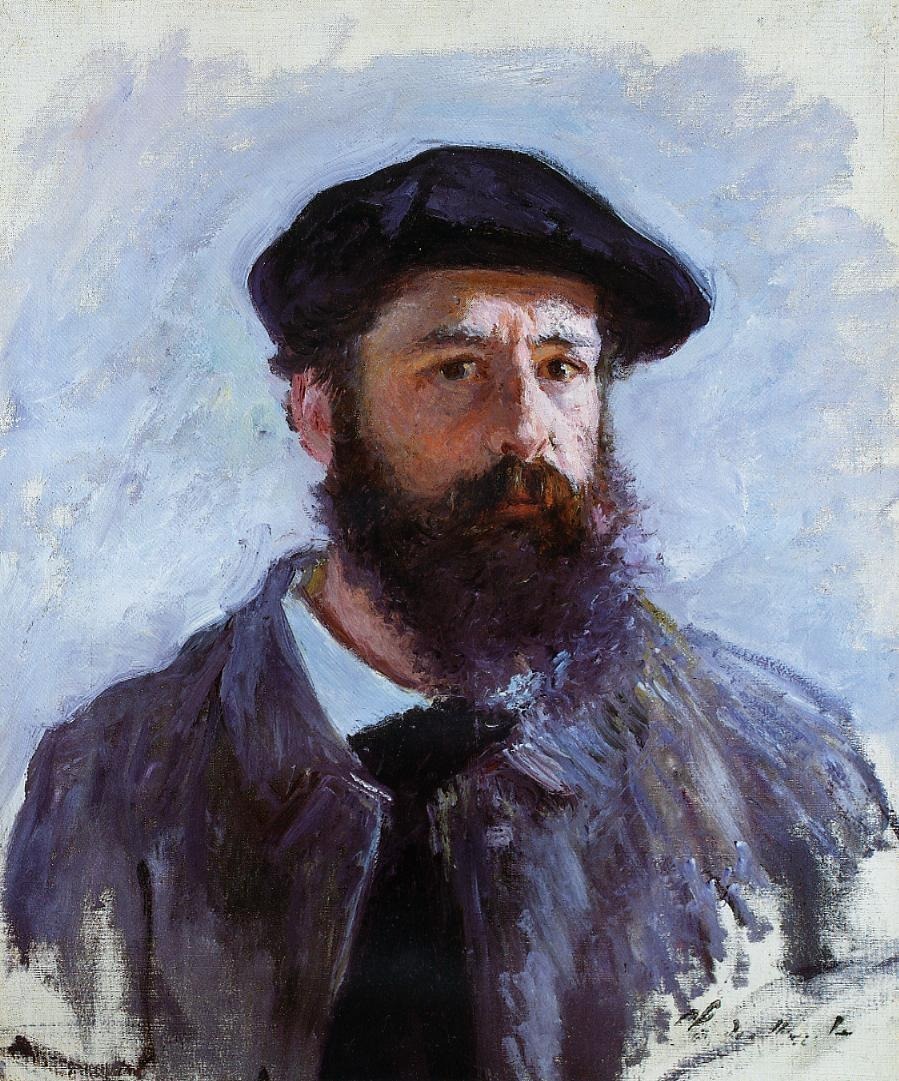

Claude Monet
FR
1731
Artworks
1840 - 1926
Lifespan
Artist Biography
Oscar-Claude Monet, born in Paris on November 14, 1840, and deceased in Giverny on December 5, 1926, stands as a seminal figure in the history of art, renowned as the founder of French Impressionist painting. He was the most consistent and prolific practitioner of the movement's philosophy of expressing one's perceptions before nature, especially as applied to plein air landscape painting. His revolutionary approach to capturing light and color transformed the art world, leading to the birth of modernism. Monet's ambition to document the French countryside led him to a method of painting the same scene multiple times, capturing the changing light and seasons, most famously in his series of haystacks, Rouen Cathedral, and the water lilies in his Giverny garden.
Monet's early life was marked by a move at age five from Paris to Le Havre, Normandy. His father, a grocer, intended for him to join the family business, but Monet's artistic inclinations, supported by his singer mother, were strong. He initially gained local recognition for his charcoal caricatures. A pivotal encounter with landscape painter Eugène Boudin in 1856 introduced him to oil paints and the practice of painting outdoors (en plein air), an experience Monet described as a revelation that set the course for his artistic journey. After his mother's death in 1857, he lived with his aunt Marie-Jeanne Lecadre. In 1859, he moved to Paris, studying at the Académie Suisse where he met Camille Pissarro, rather than the traditional École des Beaux-Arts.
His formal art education was interrupted by military service in Algeria (1861-1862), where the unique light and colors profoundly influenced him. Upon returning to Paris, he studied under Charles Gleyre, meeting Pierre-Auguste Renoir, Frédéric Bazille, and Alfred Sisley, who became core members of the Impressionist group. They shared a new approach to art, focusing on the effects of light with broken color and rapid brushstrokes. Monet's painting "Impression, soleil levant" (Impression, Sunrise), exhibited in 1874 at the first Impressionist exhibition—organized by Monet and his associates as an alternative to the official Salon—led art critic Louis Leroy to coin the term "Impressionism," initially as a form of derision, but later embraced by the artists themselves. Despite critical hostility, this exhibition marked a turning point in art history.
Throughout his career, Monet faced financial hardships, particularly in his early years with his first wife, Camille Doncieux, with whom he had two sons, Jean and Michel. The Franco-Prussian War led him to seek refuge in London (1870-71), where he encountered the works of J.M.W. Turner and John Constable, further influencing his treatment of light. It was also in London that he met art dealer Paul Durand-Ruel, who became a crucial supporter. After Camille's death in 1879, Monet eventually married Alice Hoschedé. In 1883, he moved to Giverny, where he meticulously cultivated a water garden that became the primary subject of his art for the last three decades of his life. His series paintings, such as Haystacks (1890-91), Poplars (1891), and Rouen Cathedral (1892-94), explored the same motif under varying atmospheric conditions and times of day, demonstrating his profound understanding of light's fleeting effects.
In his later years, Monet suffered from cataracts, which significantly altered his perception of color. Despite this, he embarked on his monumental series of Water Lilies (Nymphéas), some of which were designed as large-scale decorations for the Musée de l'Orangerie in Paris. These works, with their immersive qualities and near-abstract rendering of light and reflection, are considered precursors to abstract art. Monet's dedication to capturing his sensory experience of nature, his innovative techniques, and his relentless pursuit of light's ephemeral qualities cemented his legacy as a revolutionary artist. His popularity soared in the latter half of the 20th century, with his works celebrated worldwide for their beauty and radical vision, profoundly influencing generations of artists.